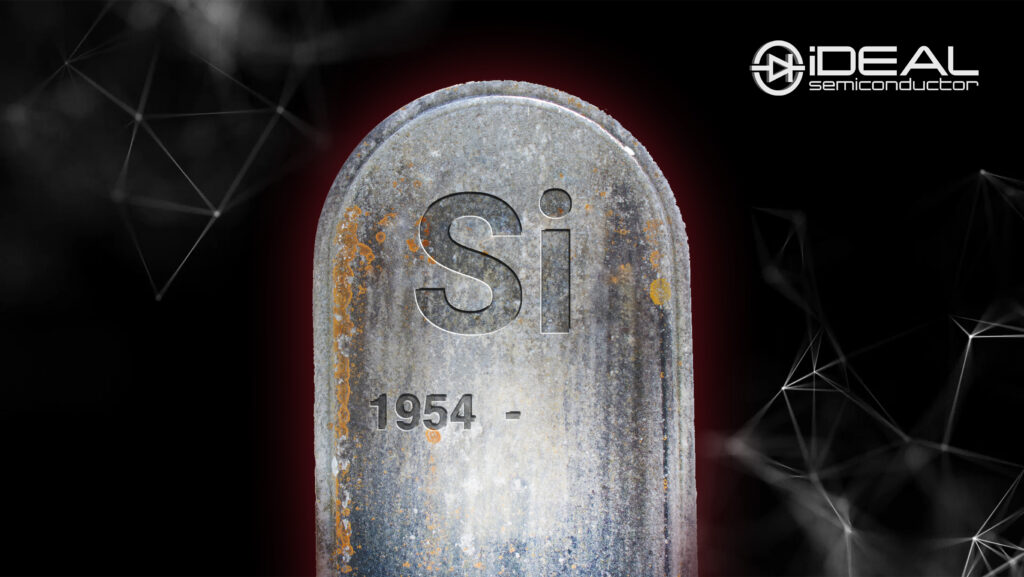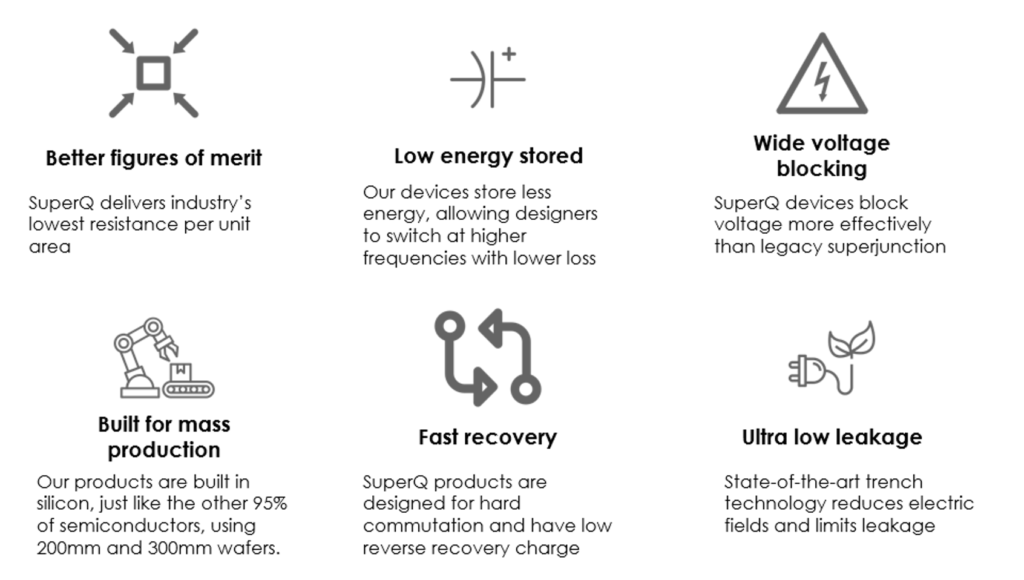
These days it seems that anything in the news about power or semiconductor devices is talking about how wide-bandgap (WBG) devices such as silicon carbide (SiC) or gallium nitride (GaN) are the future and anyone needing the higher performance must move to the new technology immediately.
In fact, so persuasive are the arguments that it is easy to overlook that 95% of the world’s semiconductor manufacturing remains firmly rooted in the very established silicon (Si) arena. With the high cost of equipment, large established knowledge base in silicon and the challenges in producing and working with wide-band-gap devices, any change to these new materials will take time.
However, despite the claims that the only viable approach to future high-performance high-power applications is with new materials, silicon offers the potential to match or exceed WBG performance – and doing so with the manufacturability, availability and reliability of silicon.
With all the hype around new materials and a belief that the law of diminishing returns was firmly in operation, investment in silicon for power devices has dropped off significantly in the past two decades. As a result, few (if any) substantial advances have been made that could improve its performance in modern applications – leading to the belief that new materials are the only way forward.
Advances in silicon technology has almost always related to development of the internal structure of the device, reshaping the epitaxial layer and adjusting the gate structure to enhance performance in critical applications. As the superjunction transistor has reached maturity, many believed that silicon had reached its limit in terms of performance.
However, through engineering alternative approaches at the atomic level, it is demonstrably possible to produce structures in silicon that can enhance the performance and efficiency to a level where it can rival new materials. Indeed, this is the approach that iDEAL Semiconductor have taken in the development of their forthcoming SuperQ™ technology – a patented novel approach that effectively re-invents discrete silicon switching devices.
SuperQ is material-agnostic, meaning that benefits can be realized in any semiconductor material – including silicon. Through innovative engineering at the atomic level, the full potential of the device is unlocked using an asymmetric, charge-balanced structure that delivers a large conduction path, while producing a large blocking voltage – overcoming some of the physical limitations of superjunction technology.
As well as being material-independent, SuperQ is able to be applied to any power device including diodes, MOSFETs, IGBTs and integrated power ICs. In these devices, the key parameter is resistance per unit area (Rsp) – a measure designed to identify devices capability of delivering high performance in a small package size.
In silicon, SuperQ delivers lower Rsp than commercially available devices. In fact, it has been shown to deliver a six-fold reduction in resistance compared to the leading silicon devices available today, and a 1.5x improvement over 200 V GaN solutions.

However, SuperQ is not simply optimized for low conduction loss. SuperQ devices exhibit ultra-low leakage current, store less energy, and have lower reverse recovery charge (Qrr). SuperQ-based products are optimized for hard commutation, outperforming even fast recovery devices from competition.
